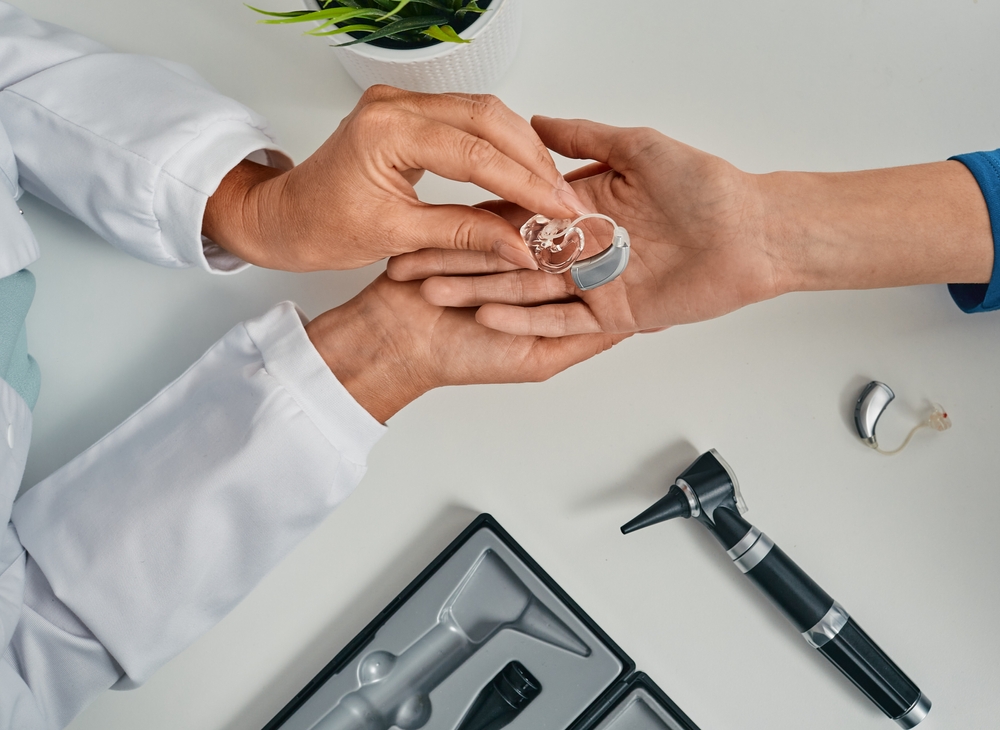
Hearing aids perform a vital role in enhancing sound clarity and enriching daily communication. For ideal performance, it’s crucial to schedule routine maintenance and routine expert cleaning sessions. As a result of prolonged use, a buildup of earwax, moisture, and other particles can happen, causing functionality to decline. Identifying when to find professional cleaning can help extend the longevity of your hearing aids and maintain optimum performance.
The importance of professional hearing aid cleaning
Despite regular upkeep at home, hearing aids can slowly collect debris that could affect how well they work and the quality of sound they generate. Professional maintenance provides several key benefits:
- Extensive Sanitizing– Effectively eradicates stubborn earwax, dust, and moisture that routine cleaning methods frequently miss.
- Enhanced efficiency – Removes blockages that might cause muted audio or distortion.
- Prolonged Lifespan– Prevents premature wear and tear, reducing the need for repair work or replacements.
Regular professional cleanings keep your hearing aids working efficiently, minimizing the chance of unexpected malfunctions.
Indications that your hearing aids require professional maintenance
If you’re unsure whether it’s time for a professional cleaning, watch for these common warning signs:
- Muffled or Distorted Sound Quality: If voices and ambient sounds seem unclear, weak, or distorted, it may be due to wax or debris obstructing the microphone or speaker.
- Continuous Feedback or Screeching: A squeaky noise at a high pitch (feedback) could indicate a blockage from earwax or a poorly device. Professional cleaning can help in removing obstructions and fine-tuning the fit accurately.
- Issues with Volume Control: If changing the volume doesn’t seem to have the desired effect, internal elements may need repair or software reset.
- High humidity can affect the device’s internal components, causing random audio interruptions or unreliable button control. A professional repair professional can evaluate and address any moisture-related issues.
- If you observe an obvious increase of wax or dirt on your hearing aids, it is recommended to have them professionally cleaned for a more extensive removal compared to cleaning them at home.
- Implement specialized tools to carefully extract wax, debris, and moisture from sensitive elements without causing harm.
- Examine and service components to confirm all elements are functioning properly.
- Check software and hardware for any performance issues impacting sound quality.
- Swap out any tubing or filters that may be affecting the performance of the device.
- Every 3 to 6 months for routine maintenance.
- More frequent cleanings are advised for individuals predisposed to excessive earwax accumulation or those living in humid settings.
- Managing small issues quickly can help steer clear of expensive repairs down the line.
What does a professional hearing aid cleaning look like?
A professional cleaning visit goes beyond routine maintenance and ensures your devices operate optimally. Here a few things your hearing specialist will accomplish during a cleaning:
How frequently should you schedule professional maintenance?
The regularity of professional cleanings depends on factors such as earwax production, moisture levels, and usage practices. Frequently suggested best practices are:
Keep your hearing aids in great condition
To keep your hearing aids working efficiently and delivering crisp, clear audio, it’s essential to schedule routine exams and maintenance with a hearing care professional.
If you’re noticing muffled audio, feedback, or performance problems, it may be time to schedule a professional cleaning.
Book an appointment for your hearing aid cleaning and maintenance now.